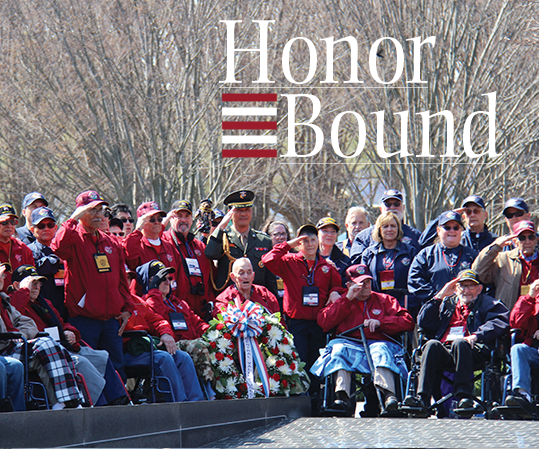Like clockwork, tragedy strikes.
Whether it is a house fire, a natural disaster or some sort of domestic terrorism … there is an almost constant need for response and the American Red Cross is there.
Jordan Scott, Regional Communications Director for the Gold Country Region, said it is the mission of the Red Cross and its countless volunteers to be there to help.
“We cover 24 counties,” Scott said of the expansive region that includes counties in the 209 and stretches up to the Oregon border.
Stanislaus, San Joaquin and Tuolumne counties are part of the Modesto-based Sierra Delta Chapter, one of two chapter offices that are part of the overall Gold Country Region.
March is observed as Red Cross Month and while Scott said that’s a good time for people to become more aware of the organization and what it does, the Red Cross is an integral part of life and its unexpected emergencies.
“Really what the focus is, we celebrate our everyday heroes. Everybody who makes the work of the Red Cross possible,” Scott explained. “We celebrate those who give time and resources to help people in need, also our donors because we are not a government organization, we don’t receive government funding. Thanks also to our instructors, those who teach classes.”
Every year since 1943 there has been a presidential proclamation of Red Cross Month, Scott said, with President Roosevelt the first to recognize the organization.
“We also try to encourage people to get involved,” Scott noted. “If they have been seeking an opportunity to give back to the community, by volunteering, donating or otherwise, this is a good time to highlight that.”
The American Red Cross is active in multiple areas, from CPR Saturdays and swimming lessons to blood drives (they partner here with Delta Blood Bank) and disaster response.
“When a hurricane hits the East Coast or there’s a tornado in the middle of the country, we are there,” Scott said of the organization. “What always surprises me, though, is many people don’t realize that we go out to home fires.”
The 24-county Gold Country Region sees its share of those local needs, he said.
“Somewhere, once every 11 hours, there is a home fire in those counties we serve,” Scott explained. “We are there to help the families, with shelter, food, clothing, to help with that emotional support, counseling. We get them connected to services, get that recovery process started.”
Volunteers are trained in disaster response and basically are ‘on call’ to respond when the need arises, even if it is 2 a.m. on a cold, foggy Central Valley winter morning.
“Training is a huge part of the organization, we want to make sure people going out to these situations have the knowledge they need,” Scott said. “A lot of classroom training is required before people go out on these teams and there’s also an element of mentorship from the more senior members of the team.”
The organization provides a critical service to the Armed Forces, and it was that support of the nation’s military that was a foundation for the organization in its infancy in the 1800s.
“Emergency communication is far and away the biggest service, if we have a deployed service member, and an emergency happens at home, we are chartered by Congress to help communicate the message to that family member and in some cases bring them home,” Scott said. “The other side of that, we also aid with pre- and post-deployment briefings for military members and their families. Especially when they come back home, we help them adjust.”
On a daily basis, the work of the Red Cross can be seen throughout local communities. And they are ready whenever needed, such as when the Rim Fire struck the region in the summer of 2013.
“I think we had over 200 volunteers down there helping and for two weeks we had a shelter,” Scott said.
Volunteers are always needed and Scott said they can choose what type of training they want to take.
“They are the heartbeat of the organization,” Scott said. “Our region has the reputation for having some of the best trained volunteers. Hurricane Sandy, we sent 178 volunteers from our region alone.”
Potential volunteers will go through an orientation process and then select specific training. Scott said the organization routinely has training sessions and anyone can get involved.
“I think I am right there with everybody else, I love the mission, what we are all about,” Scott added. “To be face to face with someone going through the hardest time of their life, and making a difference, making some sort of a positive impact … to see just a brief glimmer of hope, those are moments I just don’t forget.
“I am really honored to be a part of the organization.”





